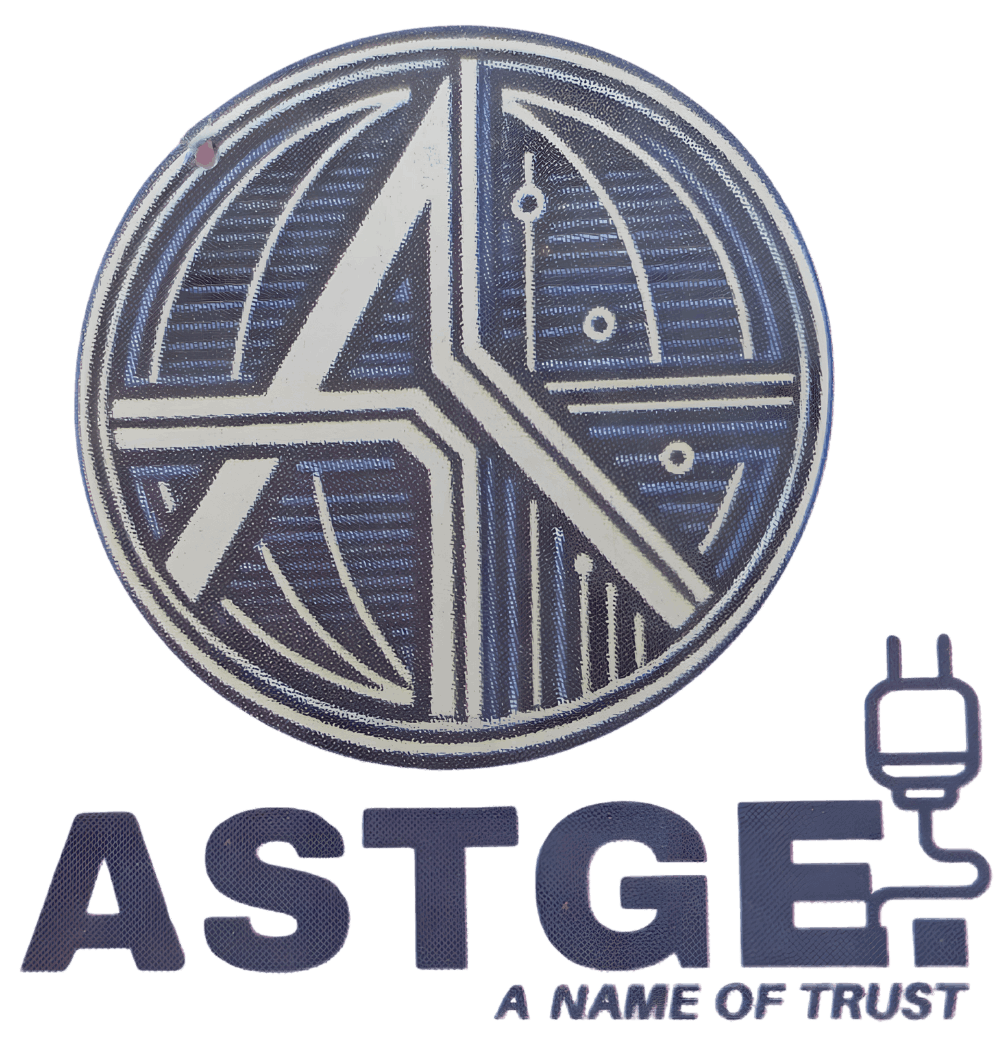A coupler is a device used to connect two separate parts, allowing them to function together as one unit. Couplers are widely used across various industries, including plumbing, electrical, mechanical, and transportation, to facilitate the seamless transfer of fluids, electricity, or mechanical forces between components. Here are the key features and benefits of a coupler:
Features:
- Material: Made from high-quality materials such as metal, plastic, or rubber, chosen based on the specific application requirements.
- Design: Engineered to provide a secure and reliable connection between two components, often with threaded, push-fit, or welded ends.
- Size Variety: Available in a wide range of sizes to accommodate different diameters and specifications.
- Connection Type: Can be designed for various types of connections, including threaded, compression, slip, and quick-connect.
- Durability: Built to withstand environmental conditions, pressure, temperature variations, and mechanical stresses relevant to the application.
Benefits:
- Versatility: Suitable for a wide range of applications, from plumbing systems and electrical circuits to mechanical assemblies and transportation linkages.
- Ease of Installation: Typically designed for quick and straightforward installation, reducing assembly time and labor costs.
- Reliability: Ensures a secure and stable connection, minimizing the risk of leaks, electrical shorts, or mechanical failures.
- Maintenance: Facilitates easy maintenance and repairs by allowing components to be disconnected and reconnected as needed.
- Performance: Enhances the overall performance and efficiency of systems by providing robust connections that ensure seamless operation.
Applications:
- Plumbing: Used to connect pipes and fittings in residential, commercial, and industrial plumbing systems, ensuring leak-free joints.
- Electrical: Employed to join electrical conduits or cables, providing safe and reliable electrical connections.
- Mechanical Systems: Utilized in machinery to connect shafts, rods, or other mechanical components, enabling the transmission of motion or force.
- Transportation: Commonly found in railway systems, coupling train cars together, and in automotive applications to join various components.
- Hydraulic and Pneumatic Systems: Used to connect hoses and pipes in hydraulic and pneumatic systems, ensuring efficient fluid or air transfer.

Reviews
There are no reviews yet.